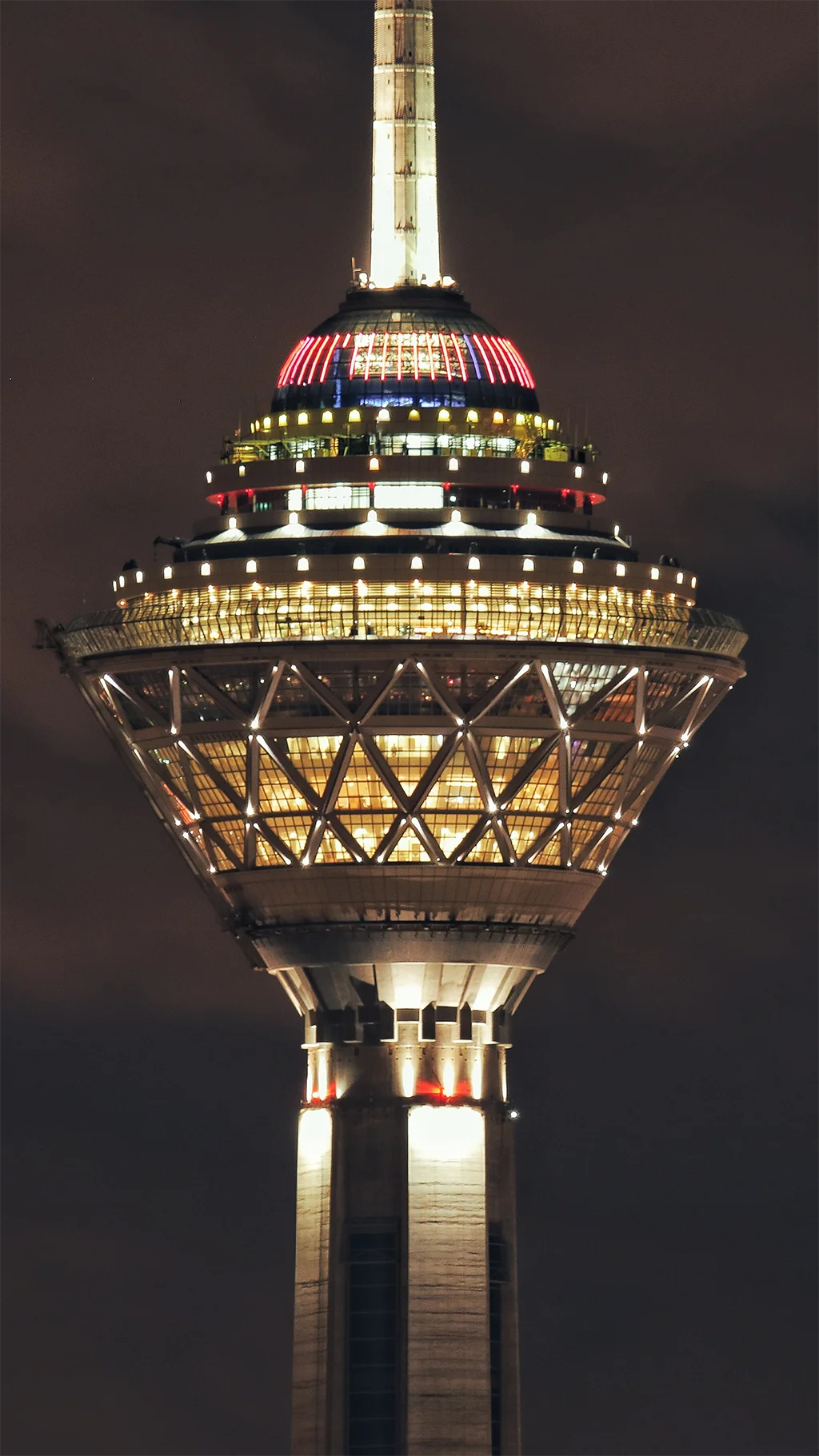Business Intelligence
At a glance
The Iranian market, hosting a very large young population, can be a very promising international expansion target for many musical instrument and accessories brands. However, like any other business development attempt, the success lies in careful consideration of many strategic factors. In this section, we provide you with an insider view of the industry so that you can make an informed decision. If you are interested in knowing more about the market, please do not hesitate to contact our business development department through the “contact us” page.
Iran Macroeconomics Data
The Iranian economy is distinguished by its hydrocarbon, agricultural, and service sectors as well as a significant state presence in manufacturing and financial services. Iran has the world’s second largest natural gas reserves and the fourth largest proven crude oil reserves. Oil production accounts for 23% of total wealth. Services are the most important sector of the Iranian economy, accounting for 51% of GDP. While relatively diverse for an oil exporting country, economic activity and government revenues continue to rely heavily on oil revenues and have been volatile as a result.
With a GDP standing at $231.55 Billion, Iran in 2021 saw a rebound from a 3-year consecutive negative economic growth. In fact, higher oil prices, due to a recovery in global demand and the war in Ukraine, have raised oil export revenues which resulted in a 1.76% growth in 2020-2021 supported by a recovery in services post-pandemic.
The sharp decline in oil exports due to the international sanctions put significant strain on government finances, causing inflation to exceed 40% for four years in a row. Steadily high inflation reduced household purchasing power significantly. Simultaneously, job creation was completely inadequate to absorb the large pool of young and educated labor market entrants.
According to WorldBank forecasts, GDP growth will be modest in the medium term if economic sanctions remain in place. The negative impact of high inflation on consumption and investment would also have an impact on domestic demand. However, inflation is expected to gradually decline over the forecast period. The fiscal balance is expected to benefit from the gradual increase in oil exports, while the budget deficit will remain higher than pre-sanctions levels.
To summarize, it can be supposed to see a gradual recovery in Iran’s economy over the medium term while the uncertainty and the resulting risks remain significantly high.
Source : World Bank

Music Industry in Iran
Music as an industry consists of all professionals, companies, regulatory bodies and technologies that contribute to creating, recording, distributing, promoting and performing music. In Iran, the music industry is characterized by its lack of transparency and rule of law, the absence of a central institution to organize the industry, and the inefficiency of policy-making institutions under the influence of religion and external sanctions. It is also important to mention the network of Iranian artists in exile that aim their production at the market which further complicates the situation. As a result, “making it” in the industry is rather based on knowing the right people than having talent or the right competencies.
From the users’ perspective, being a lower-middle-income country, Iran is hosting a large young population, as over 45 percent of the whole country’s 84 million population is under 30 years old. Listening to music is a daily habit for most of the population though the “degradation of musical taste” is often cited as a major challenge. Moreover, the increasingly widespread access to the internet has helped with exposure to international music, especially the pop genre, while appreciation for western classical and instrumental music is still marginal. Underground/alternative music is also very popular among the youth which comprises the genres such as rap and rock.
Musical Instruments Market in Iran
Iranian musical instruments market can be divided into two distinct categories : Iranian traditional folk instruments such as Tar and Santoor which are crafted locally in small workshops throughout the country. And the second category is western instruments including string instruments, guitars, pianos, wind instruments etc. Almost all instruments in this category are imported, mostly from the far east with some exceptions from well-known companies from Europe and the US.
Economical factors such as exchange rate, inflation, and household income in addition to regulatory restrictions on import of musical instruments, and international sanctions have had an adverse impact on the market both in terms of quality and quantity of the instruments offered. As a result there is a shift in the placement of products as high quality entry-level instruments are sought after by professionals and intermediate players while mid-level ones are considered by advanced and wealthy individuals. The entry-level market is dominated by poor quality chinese products whereas rare custom-made instruments are favored by ultra-rich families.
Nevertheless, the need for musical instruments remains high as more and more parents discover the importance of cultivating musical talents in their children. Based on data from Statista, the total musical instruments market in Iran is estimated at $280 millions, which is expected to grow at an average YoY rate of 8.3% over the next 5 years. Parts and accessories of musical instruments make around half of the market in value, followed by electronic, string, and wind instruments. Acoustic pianos form around 5% of the market.
